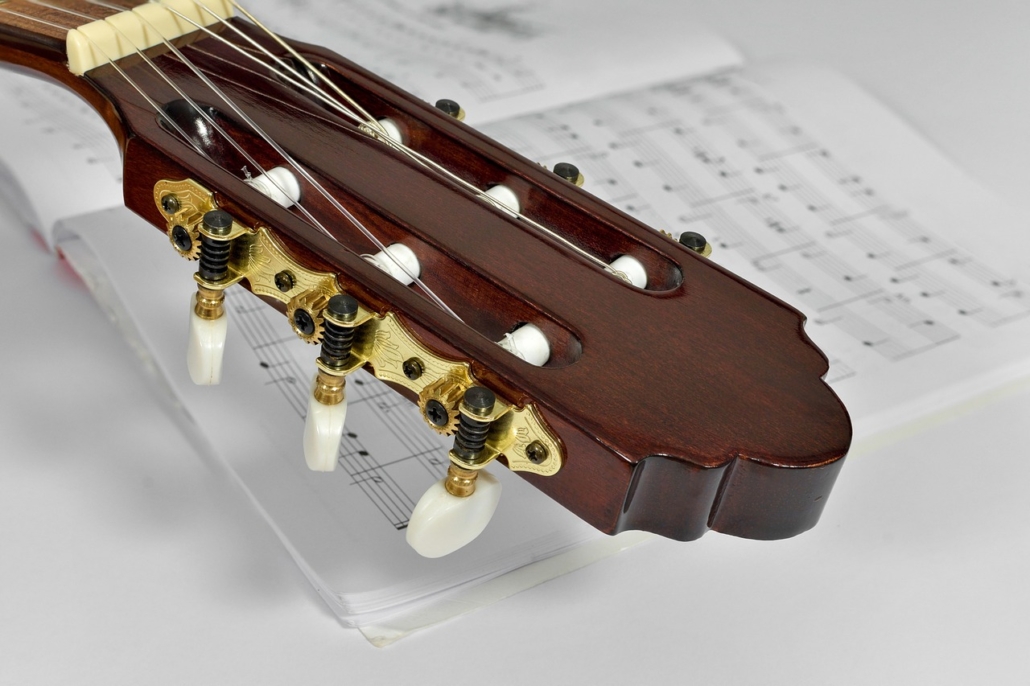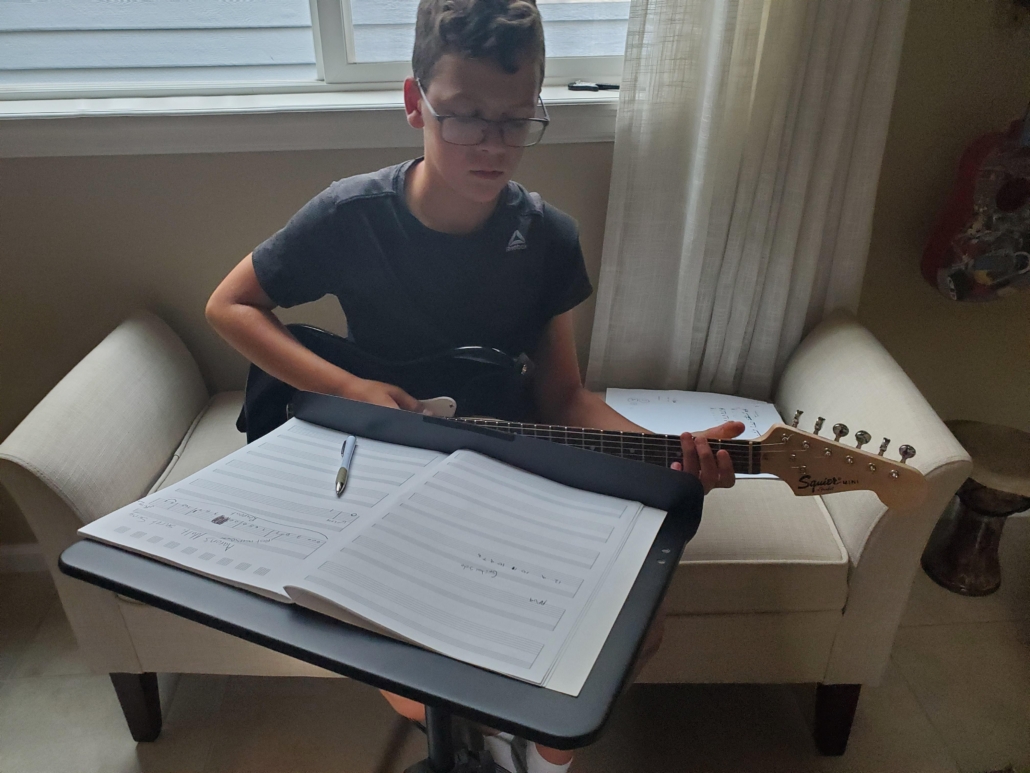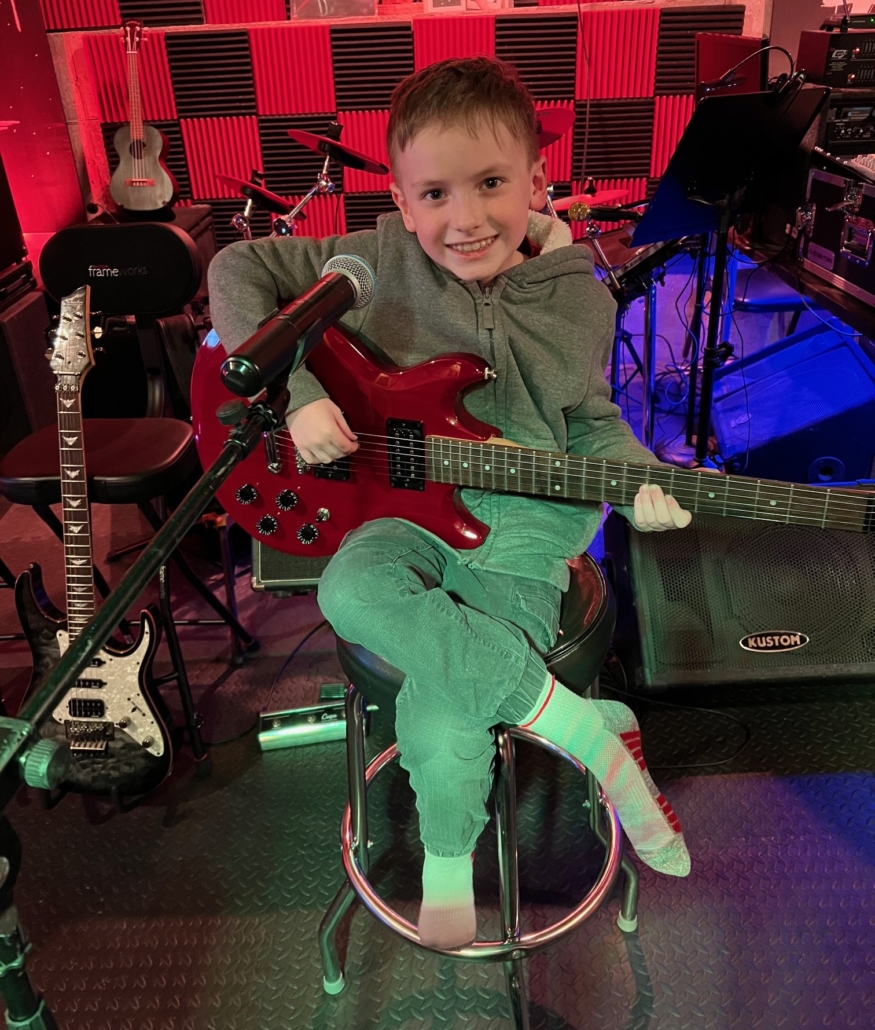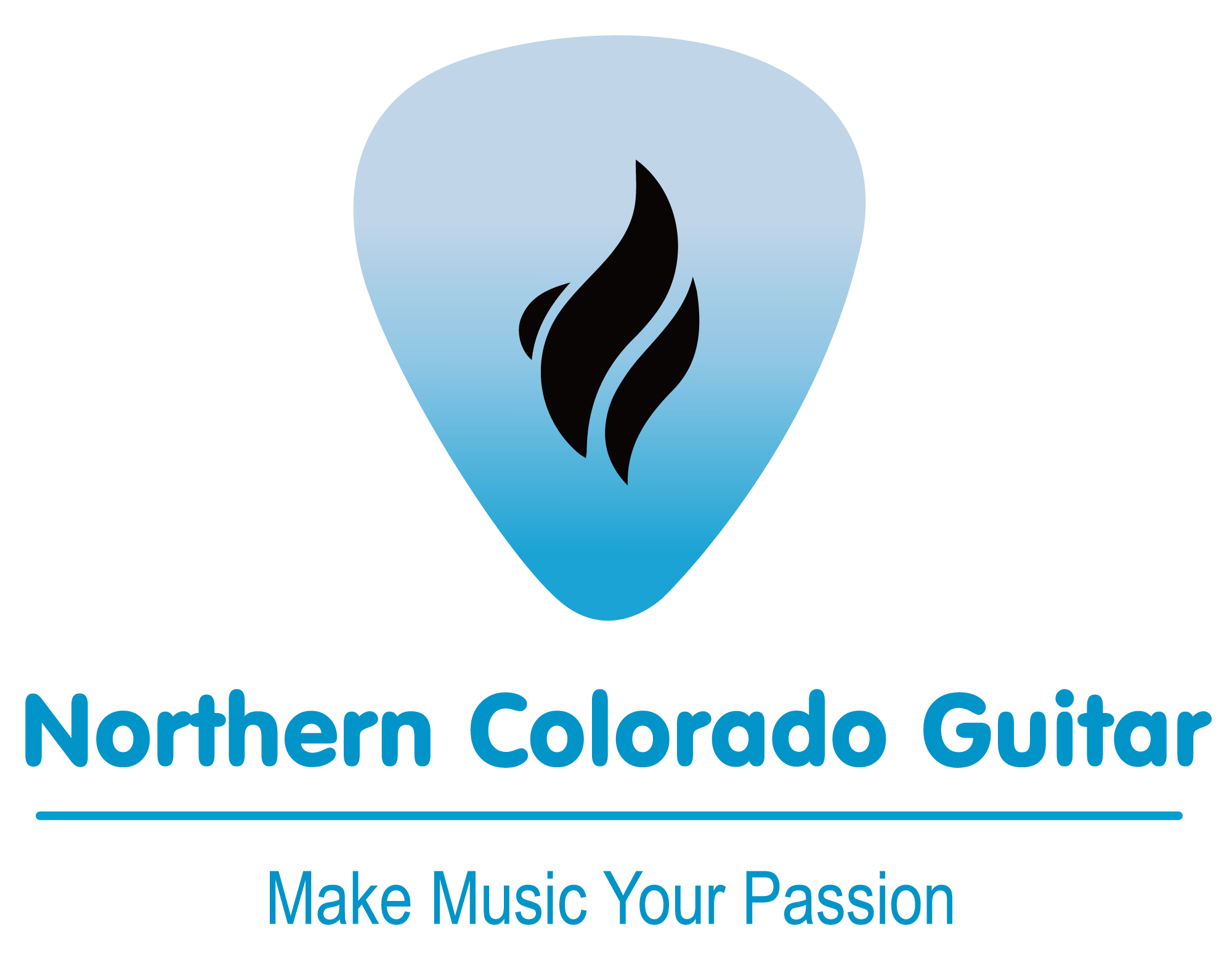Neapolitan 6th
What is the Neapolitan 6th Chord
The Neapolitan 6th chord (often abbreviated as N6) adds a touch of sophistication and unexpectedness to your music. Here’s how to play it:
Understanding the Neapolitan 6th:
- It’s built on the flattened second scale degree of the key you’re in.
- For example, in the key of C major, the second scale degree is D, but the N6 is built on Db (D flat).
- It’s typically played in first inversion, meaning the third of the chord is in the bass.
Playing the N6:
- Identify the key you’re in.
- Flatten the second scale degree.
- Build a major triad (three notes) using the flattened second degree as the root.
- Play the chord in first inversion.
Here are some examples:
- Key of C major: The N6 would be Db major (Db-F-Ab), typically played as F-Ab-Db.
- Key of A minor: The N6 would be Gb major (Gb-Bb-Db), typically played as Bb-Db-Gb.
Some Uses for the Neapolitan 6th
Predominant Function:
- The most common use of the N6 is as a predominant, meaning it leads smoothly to the dominant chord (V) which then resolves to the tonic chord (I).
- This creates a strong and satisfying cadence, often used in classical and romantic music.
- For instance, in the key of C major, a typical progression might be: Am7 – N6 (F-Ab-Db) – V7 (G7) – C.
2. Subdominant Substitute:
- The N6 can sometimes substitute for the subdominant chord (IV), particularly when the IV chord is in first inversion (IV6).
- This substitution creates a slightly different flavor compared to the original subdominant, adding a touch of chromaticism and emotional depth.
3. Modulation:
- The N6 can be strategically used to modulate to a new key.
- This involves smoothly transitioning from the current key to a different one.
- By resolving the N6 to a chord in the new key, you can create a surprising and interesting shift in tonality.
4. Adding Chromaticism and Tension:
- The inclusion of the N6 introduces a chromatic element to your music, meaning it uses notes outside the diatonic scale of the key.
- This can create a sense of tension and anticipation, leading to the resolution to the dominant chord.
5. Emotional Impact:
- The N6 can evoke various emotions depending on the context.
- It often adds a touch of melancholy, yearning, or drama to the music due to its unexpected and somewhat unstable quality.
Tips:
- You can find fingering charts for different instruments online or in guitar books, which will show you the specific placement of your fingers on the instrument to play the N6.
- The N6 often resolves to the dominant chord (V chord) before leading to the tonic chord (I chord).
- Experiment with using the N6 in your own music! Try replacing the V chord in a familiar chord progression with the N6 to add a surprising twist.
By understanding these steps and practicing, you’ll be incorporating the Neapolitan 6th chord into your music in no time!
Feel free to contact us if you interested in learning music theory.

 world of sound.
world of sound.


